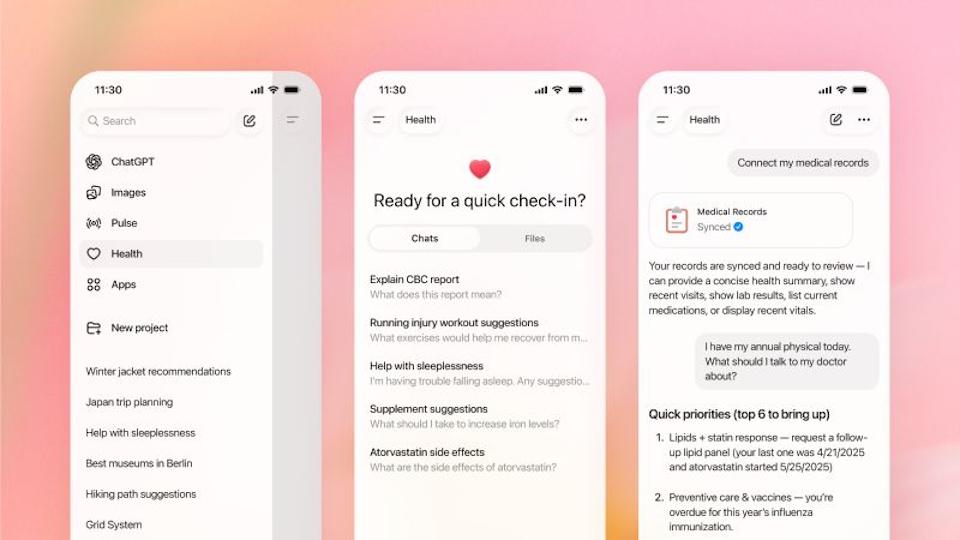Class II approval revs up Huma’s SaMD platform

Huma Therapeutics has been granted Class II clearance from the FDA for its Software-as-a-Medical-Device (SaMD) disease management platform, dramatically expanding the range of services it can deliver.
Class II approval means that the platform can now be used to provide clinical advice and recommendations for treatment, whereas previously it was only authorised to collect data from patients and pass that on to clinicians who would then interpret the results and decide on a care plan.
Huma says it is the only digital health company to have this level of approval for its disease-agnostic SaMD in both the US and EU. Crucially, it means that other companies can now add algorithms to the platform and get them approved for use in a matter of weeks, rather than potentially years if they were to seek approval independently.
Dan Vahdat, Huma’s chief executive, said that status makes it “quite unique” in the digital health category, and “shows the company’s commitment to the safety and efficacy of our technology.”
Getting the approval was a massive efforts involving hundreds of people over years, gathering evidence to show that different variations of the platform across different health conditions deliver the promised safety and efficacy.
Other benefits of Class II approval include that the platform can be used to monitor people of all ages with any condition – including paediatric patients and women who are pregnant – and can connect with external, third-party devices, such as heart rate and blood sugar monitors or smart inhalers.
“To solve healthcare challenges, we need to enable people to innovate faster,” said Vahdat, noting that it would typically take two to four years to bring digital health software to market, at a cost of “tens of millions of dollars.”
With the Class II clearance “two people in a garage, or a big pharma, or five doctors in big academic centres, can launch solutions […] for a very new disease, in a matter of days with almost no cost.”
Approval came through the FDA’s joint eSTAR programme, which aims to increase the efficiency of regulation through digitalisation. Huma said it is one of the first applicants to be successful through the programme for a comprehensive medical device submission.
Huma has already been gathering momentum with the platform, working with big pharma companies like AstraZeneca, which was involved in its development, as well as other partners including Bayer, Boston Scientific, Smith & Nephew, and the NHS in the UK.
The 12-year-old company said the new approval will also accelerate its move into the US market. As part of the platform approval, Huma also got a green light for a cardiovascular risk score algorithm developed with Bayer that is currently being rolled out as part of a US-wide cardiovascular screening programme.
pharmaphorum editor-in-chief Jonah Comstock recently spoke with Vahdat and Abby Staible, AstraZeneca’s director of digital health transformation, to discuss how digital technologies can be deployed to improve the experience of patients. You can view that interview below:













